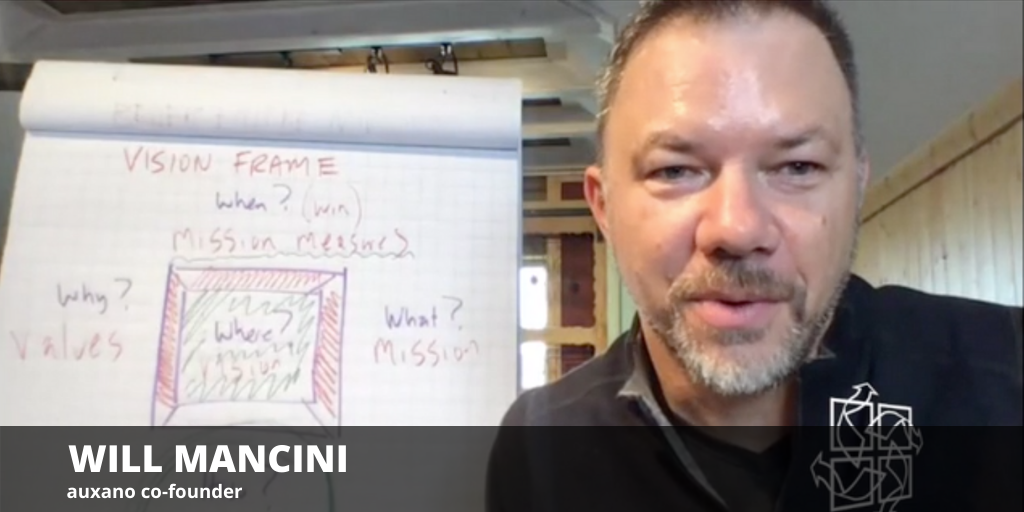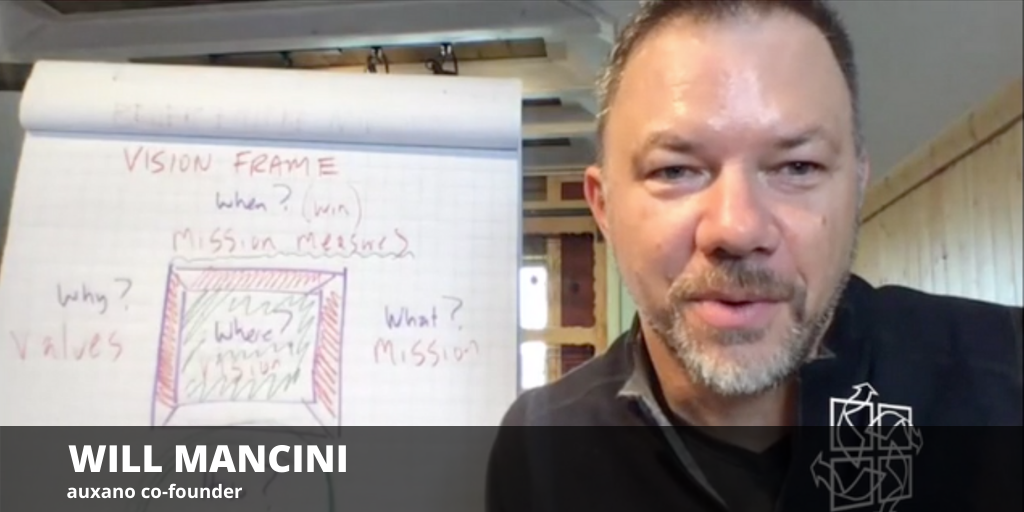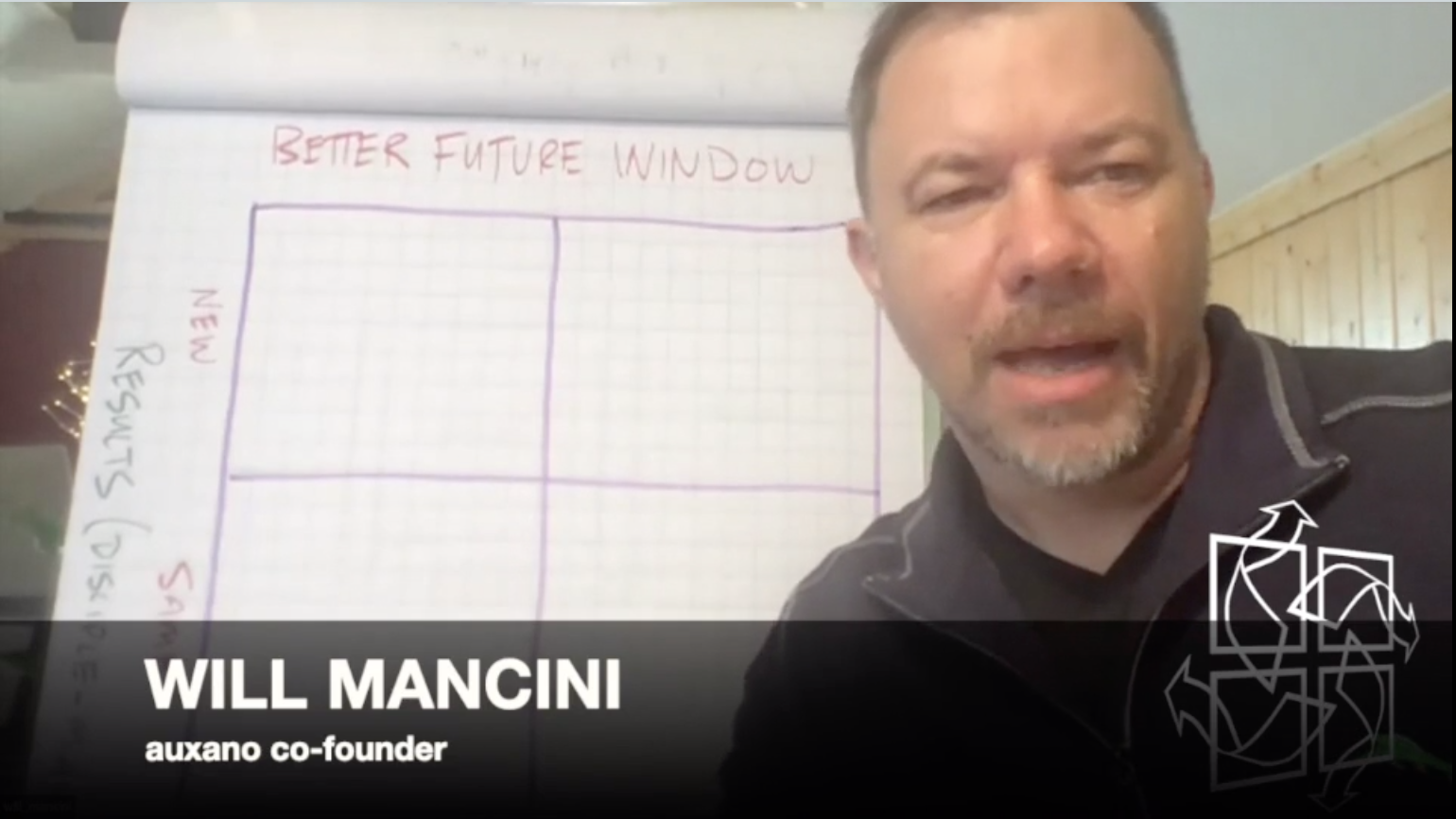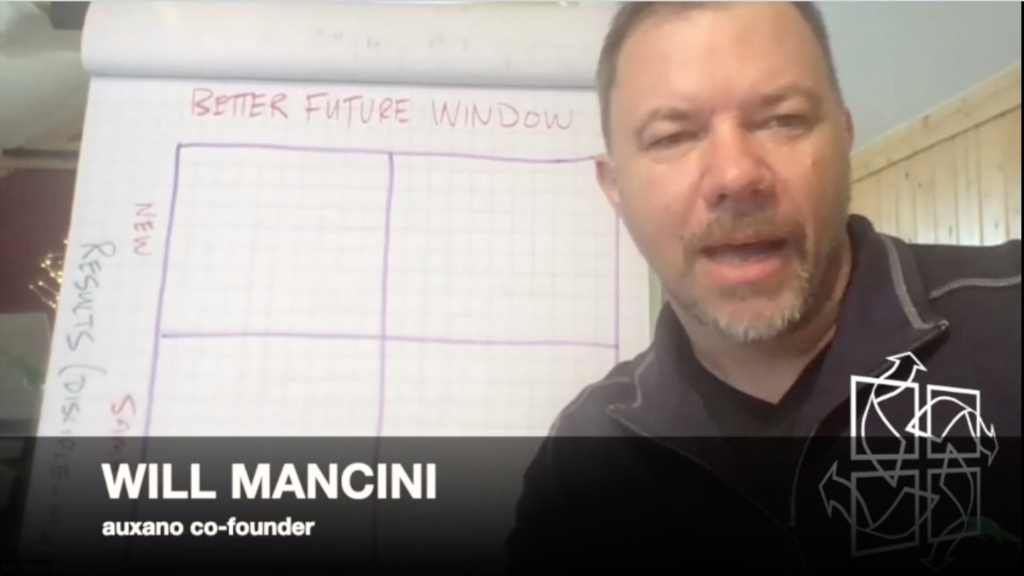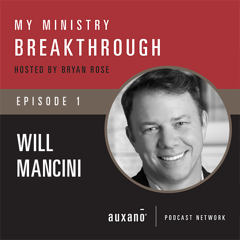These days I’m trumpeting a battle-cry to bring back church growth. We shouldn’t blush at it; we should be bold for it.
But I also assert that the assumptions of church growth as we know it lead down a dead end. Instead, we need real church growth.
In our era of cultural wildfires, technology tsunamis, and attendance landslides, I’m comforted that this is not a new problem. All the way back in the first century believers got confused about what church growth really is.
What God Measures
When church leaders think about church growth, our default setting is to measure growth in program attendance, especially weekend worship. If we’re a little more advanced, we might measure baptisms.
The church at Corinth measured the same things. Look at how we’ve all been baptized, Paul, they said with confidence. Look how we’re showing up to take the Lord’s Supper (in other words, weekly worship attendance).
Paul’s reply? Big deal. The ancient Israelites “all were baptized into Moses in the cloud and in the sea,” he replied. “They all ate the same spiritual food [manna] and all drank the same spiritual drink. For they drank from a spiritual rock that followed them” (1 Cor. 10:2-4 CSB).
But how much good did their baptism and attendance do them? Not a lot. “God was not pleased with most of them, since they were struck down in the wilderness” (v. 5).
Ouch.
Paul said that the saga of the ancient Israelites “took place as examples for us” (v. 6). We have to learn the lesson that God measures his people by their production, not their participation. I’m talking about fruitfulness. I mean the faithful character exhibited by holy people, the kingdom-service they perform, and the disciples they make.
Let me ask you a critical question. Is it possible for someone to go to your church for ten years, participate in everything the church has to offer, and NOT grow with Jesus?
You see how important this is? Real church growth demands that we go beyond measuring participation to measuring production—beyond measuring ministry inputs to measuring ministry outputs.
The Ministry Machine
Think of all your church’s activities put together as your “ministry model.” It’s your disciple-making engine.
Measuring inputs means measuring what you dump into the intake funnel of your ministry machine—namely, people. This is almost all that leaders commonly measure, the biggest reason being that attenders are pretty easy to count.
For most leaders today, charting attendance is less fun than ever. Not only are fewer people nationwide attending church, but more people are attending less frequently.
So alarmed voices are proposing we stop caring about attendance and start caring about “engagement.” But what do we really mean by “engagement”?
Unfortunately, for many leaders “engagement” simply means counting how many attenders also go to a small group, how many serve as a volunteer, or how many give money to the church. In other words, we’re just going from measuring ministry inputs to measuring throughputs: how far people make it through the bowels of the ministry machine.
But what’s coming out the back end of the machine? How are the people poured into the hopper on the front end of your programs being changed by them?
Is your ministry model built to change anyone at all?
You won’t know the answer until you start measuring ministry outputs. That’s at the heart of what I mean by “real church growth.”
How to Measure Ministry Output
Let me give you an example of what I mean by ministry outputs.
We can all agree that genuine biblical community is something God wants to see in his people. So how will you measure that?
You could ask people, “Are you in a small group?” That’s an input or throughput question.
But instead, you could ask, “How many ‘2 AM friends’ do you have?” That’s an output question. It’s a result that we want a mechanism like small groups to produce.
See? The question you ask makes all the difference to the answer you get.
“2 AM friends” is an example of real “engagement”—not just people’s engagement with the church program apparatus, but engagement with each other in the most sensitive spaces of life.
Organized disciple-making generates results like this. And that is what I mean by “real church growth.”
A Shift of Focus
Your results mainly stem from from your ministry model, not from your preaching. We can urge the importance of biblical community week in and week out without it ever really growing. Meanwhile, we justify our activity to ourselves by pointing to the number of people attending small groups. As I wrote in my book Innovating Discipleship, “We allow generic output language to validate our intent while we use input data to validate our success.”
But imagine if we shifted our focus to discipleship outputs. Imagine if we measured not just the number of people engaged in our weekend services but the number of people engaged with the Bible every day. Imagine if we measured not just the number of baptisms but the number of believers who influence people who end up getting baptized.
When we focus on outputs, we focus on the value we pour into people. And when the church provides value, attendance tends to take care of itself.
I realize that this raises all kinds of questions about how to measure outputs. One of the most important things we do at Auxano is to help churches define their disciple-making outcomes. Then we teach them how to capture the wealth of data of this kind sitting in their churches right now. Finally, we help them do something with what they learn.
Real Church Growth
Do you know why I gave my consulting organization the unusual name “Auxano”? The name is Greek for “I grow (it).”
Paul told the Corinthians that there’s really only person who can say auxano: it’s “God who gives the growth” (1 Cor. 3:7). So what does God want his harvest in your church to look like?

Tags: Ministry Outputs, Real Church Growth, Will Mancini
|
What is MyVisionRoom? > | Back to Vision >
















